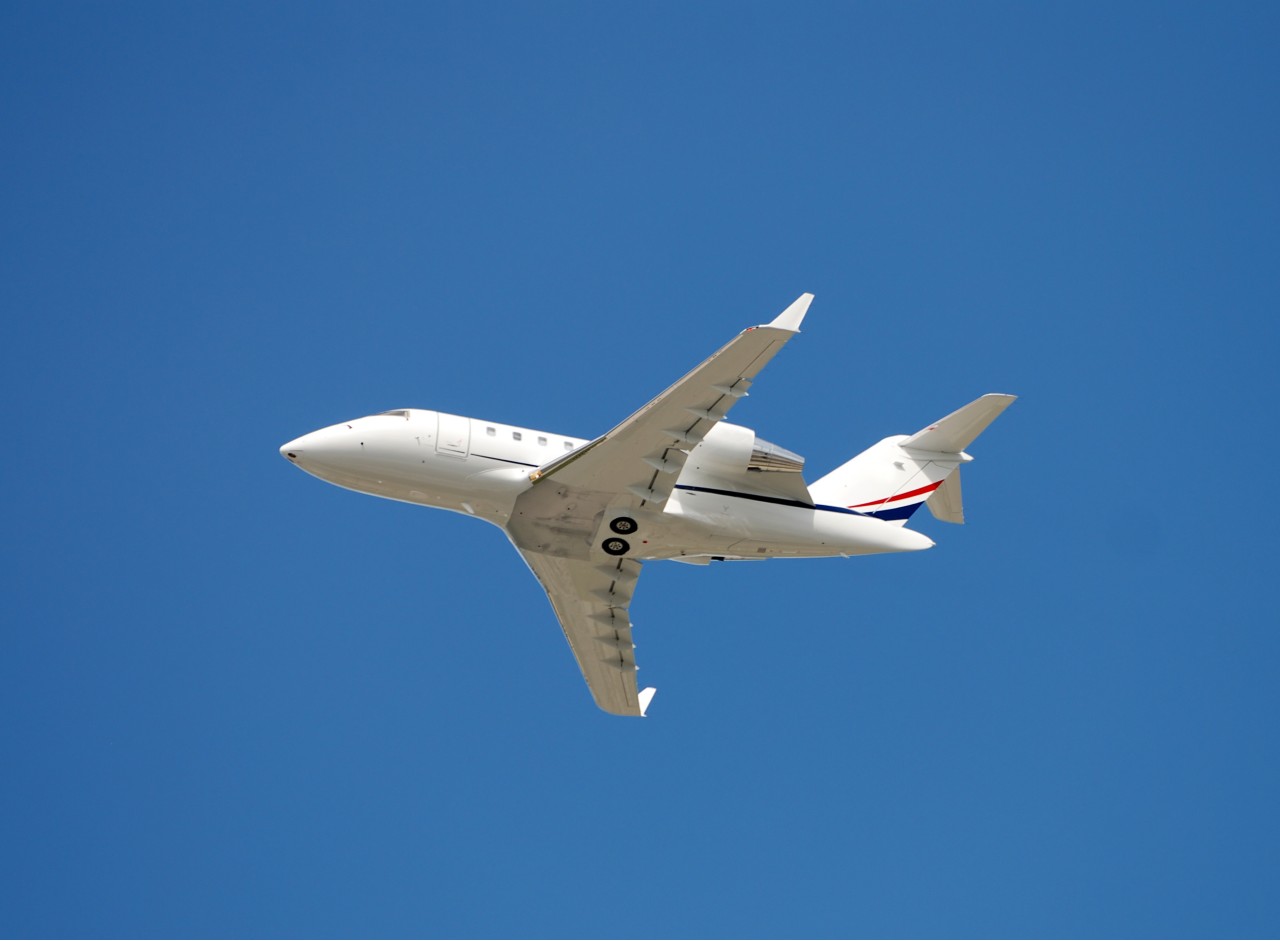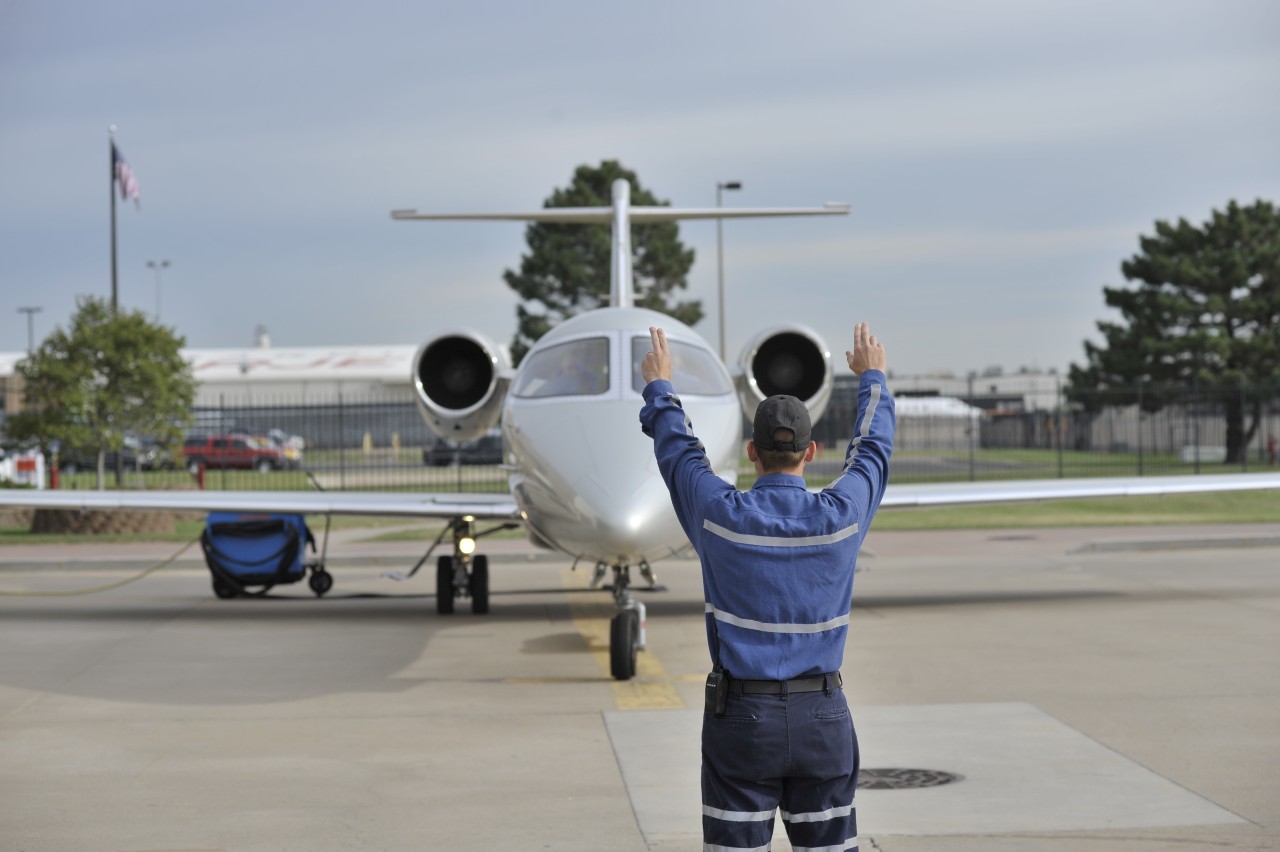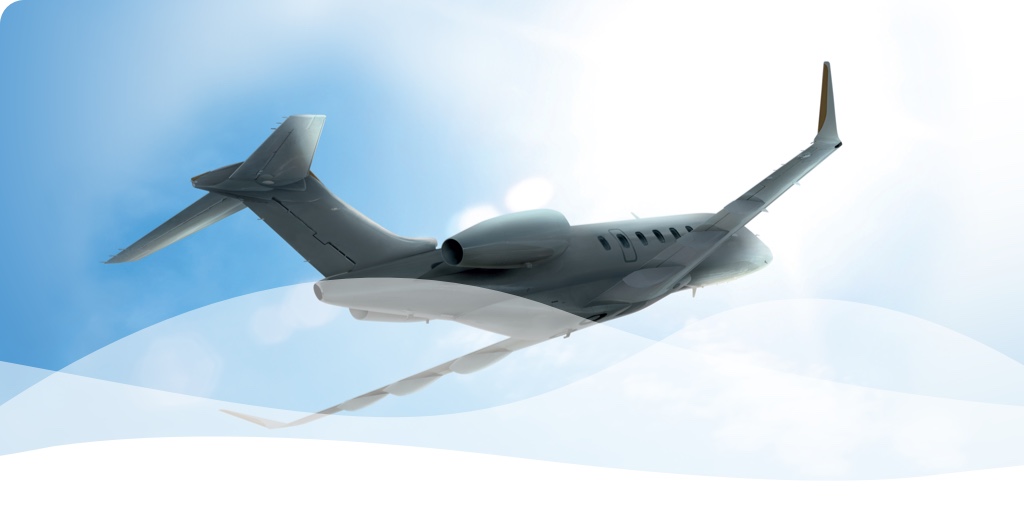Business aviation is a vital pillar of the European air transport system. It enables flexible, time-efficient, and secure travel for thousands of companies, public officials, emergency services, and high-level decision-makers across Europe.
More than just a luxury, business aviation supports regional development, connects remote areas, and plays a critical role in economic growth, innovation, and emergency response.
What is Business Aviation?
Business aviation refers to the use of aircraft by companies, organizations, or individuals to meet specific travel needs not covered by scheduled airlines. It includes:
- Corporate flights
- Charter services (on-demand air taxi)
- Medical evacuations (air ambulance)
- Government and institutional missions
- Transport of specialized personnel and equipment
Business aviation uses a wide variety of aircraft, from light jets to long-range business jets, turboprops, and helicopters.
The Role of Business Aviation in the European Economy
According to the 2024 GAMA Manifesto and recent socio-economic studies:
- Business aviation contributes more than €40 billion annually to the European economy.
- It supports nearly 400,000 jobs, directly and indirectly.
- The sector operates over 3,500 aircraft and performs over 600,000 flights per year in Europe.
- 70% of business aviation flights are linked to small and medium-sized enterprises (SMEs).
These flights connect 1,400+ European airports, many of which are not served by scheduled airlines — offering a vital lifeline to remote or underserved regions.
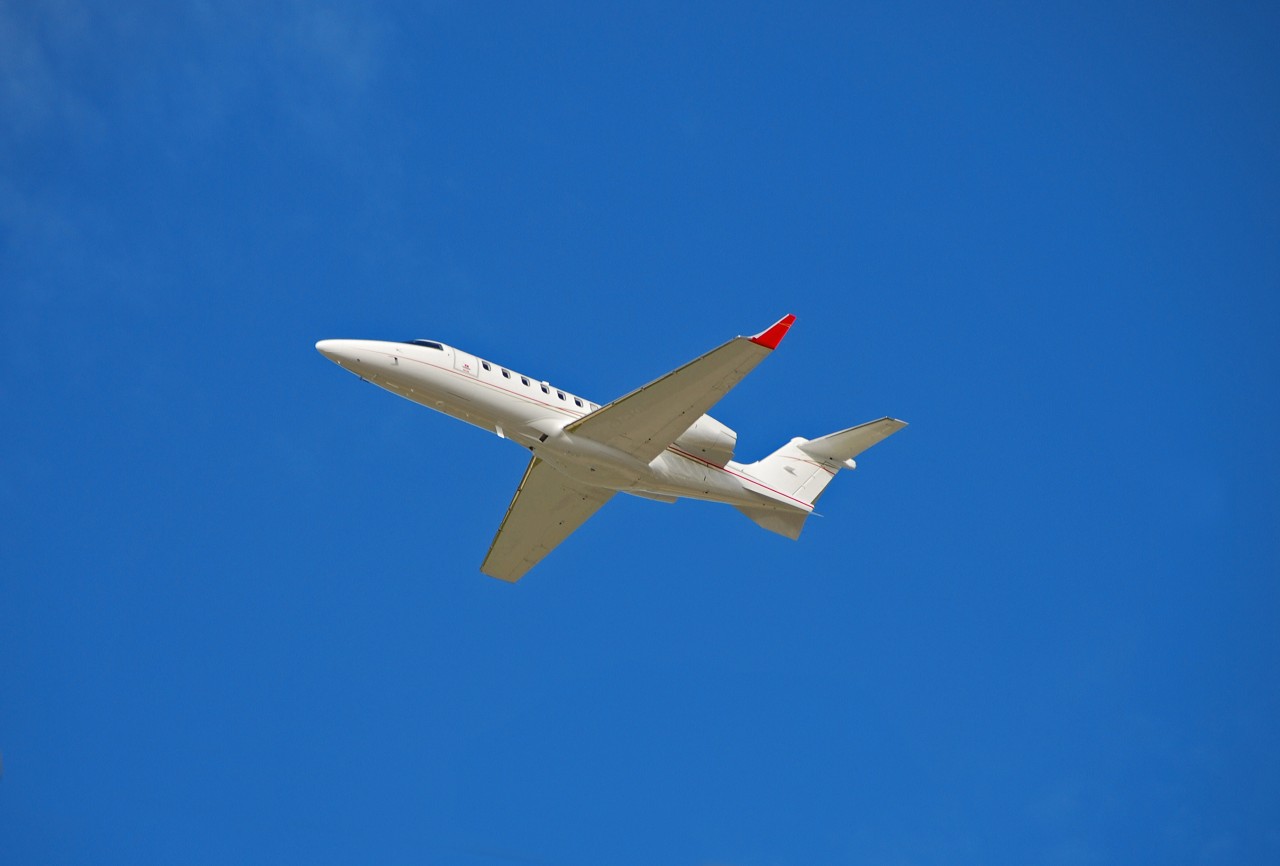
Key Benefits of Business Aviation
1. Time Efficiency and Flexibility
- Reach multiple destinations in a single day
- Adjust flight schedules according to business needs
- Operate from smaller, regional airports closer to final destinations
2. Economic Growth and Regional Connectivity
- Supports local economies and businesses across Europe
- Encourages investment in regions that are not connected by commercial airlines
- Enables rapid transport of people, goods, and critical equipment
3. Medical and Emergency Operations
- Air ambulances save lives by providing fast medical evacuations
- Business aviation is a first responder during natural disasters or health crises (e.g. COVID-19)
Sustainability and Innovation in Business Aviation
The sector is committed to achieving net-zero carbon emissions by 2050, through:
- The use of Sustainable Aviation Fuel (SAF)
- Development of more efficient and hybrid-electric aircraft
- Improved air traffic management and operations
Several European manufacturers and operators are already testing and deploying sustainable solutions, showing that business aviation can lead the way in green aviation.
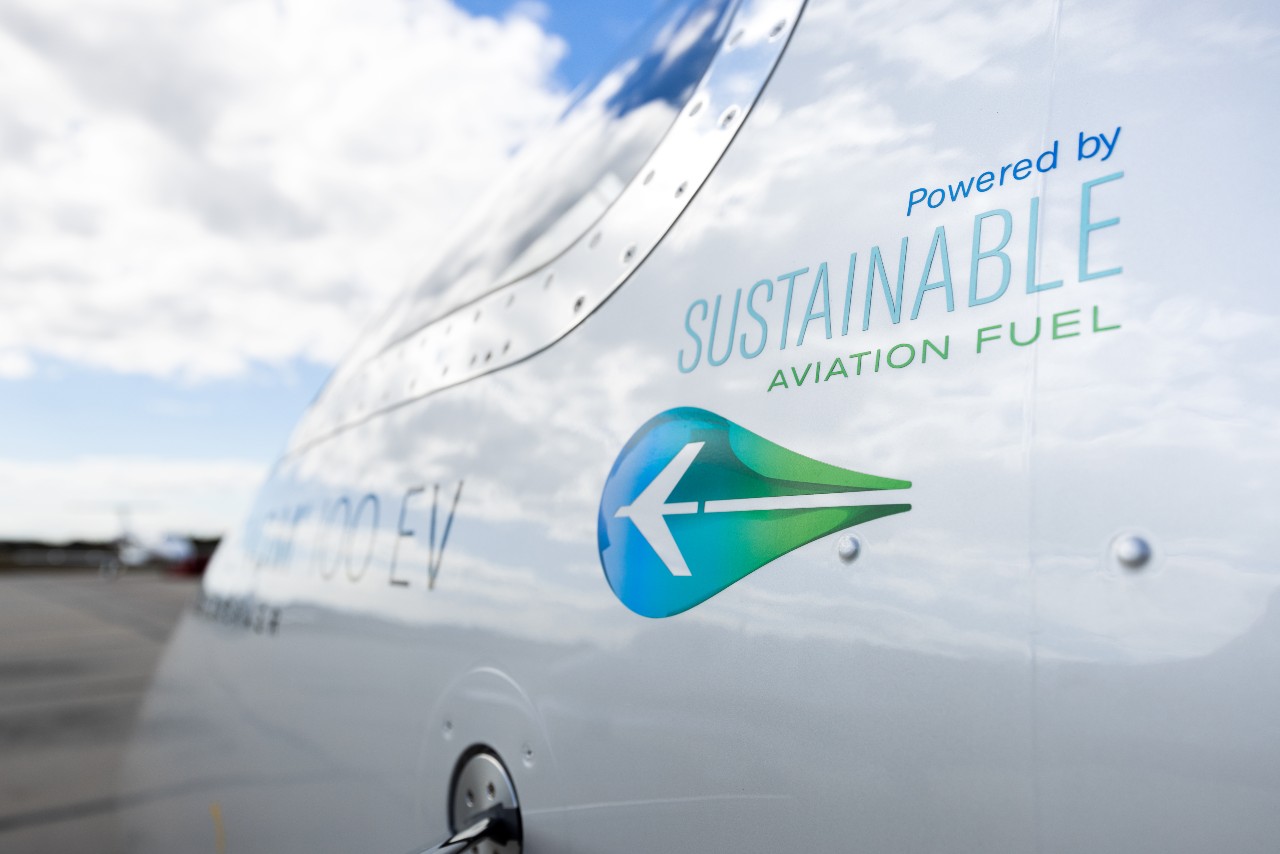
European Policy and the Future of Business Aviation
The General Aviation Manufacturers Association (GAMA) urges European policymakers to:
- Support the integration of business aviation into a sustainable transport strategy
- Simplify regulations and certifications for new aircraft technologies
- Ensure equitable access to airspace and airport infrastructure
- Recognize the strategic value of business aviation in emergency response and regional development
A balanced and supportive regulatory environment will help Europe maintain leadership in innovation, safety, and connectivity.
Conclusion: A Vital Link in Europe’s Transport Ecosystem
Business aviation is not just about speed or comfort — it is about enabling economic activity, supporting communities, and innovating for a sustainable future. As Europe moves toward smarter, greener transport systems, business aviation will continue to play a key role.

Types of Business Aviation aircraft
Type of propulsion
Piston
Jet
Electric

Small Aeroplanes
Single Engine Piston
Multi Engine Piston (e.g. DA62)
Single Engine Turboprop (e.g. TBM940 or PC-12)
Multi Engine Turboprop (e.g. King Air)
Electric Aircraft (e.g. Pipistrel Velus Electro)
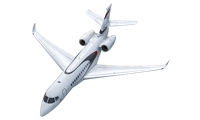
Business Jets
Light Jets (e.g. PC24, SF50, Hondajet, Phenom)
Midsize Jet (e.g. Citation XLS or Hawker)
Heavy Jet (e.g. Falcon 7X, G650, Global 7500)
Bizliners (e.g. ACJ, BBJ)
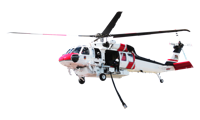
VTOL / Rotorcraft
Piston Helicopters (e.g. Guimbal Cabri G2)
Single Engine Turbine Helicopters (e;g. H125)
Twin Engine Turbine Helicopters (e;g. H160)
eVTOL (e.g. Volocopter, Lilium)

Why does Business Aviation matter in Europe?

Mobility
Business Aviation’s primary function is to connect people and businesses, offering significantly more flexibility and convenience than other forms of transport as it connects over 1,400 airports in Europe (compared to only 500 airports serviced by scheduled airline services).

Economy
In addition to connecting businesses across Europe and around the globe, Business Aviation supports hundreds of thousands of jobs in Europe – manufacturers, operators, maintenance, pilots, airports and other related services.

Essential Services
The size and flexibility offered by Business Aviation means that its aircraft are regularly used to provide a range of essential services such as medical flights (e.g. medical evacuation, transporting organs for transplant patients, delivery of urgent medical supplies), connecting remote communities in islands or alpine regions, or emergency relief operations.

Meet with the actors in Business Aviation to understand better the sector

Guidance on how Business Aviation works, what it costs and what careers it can offer you

Find out more about existing safety regulations for General Aviation, as well as more about future regulations being developed


